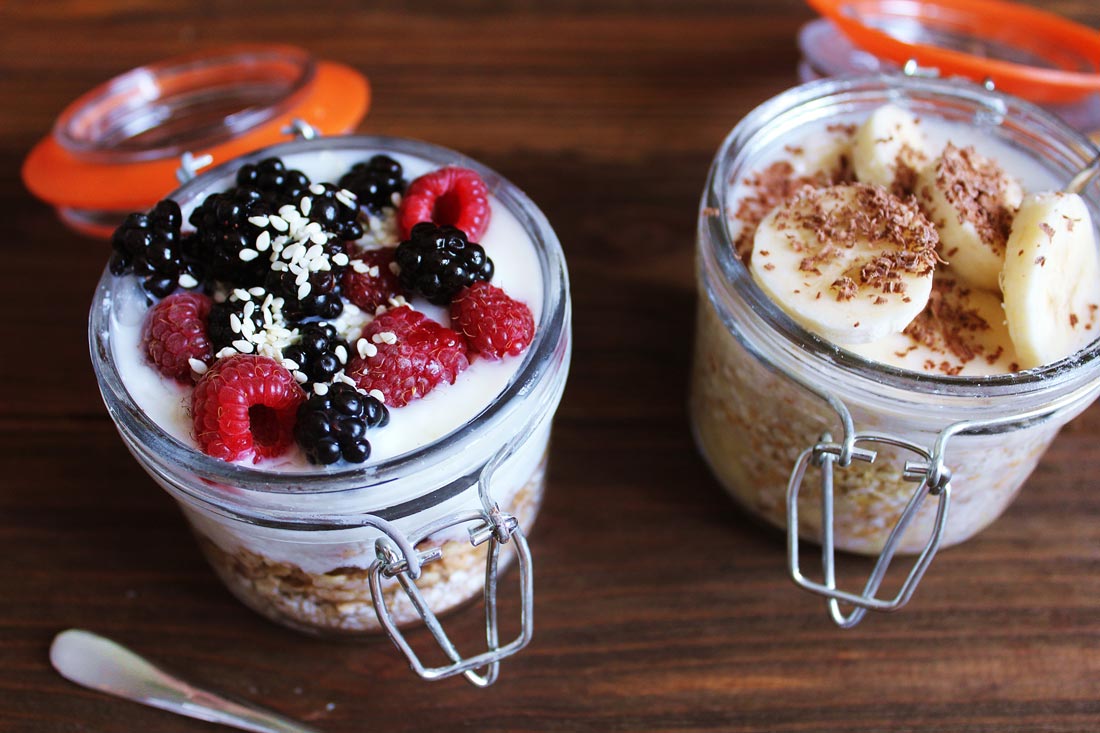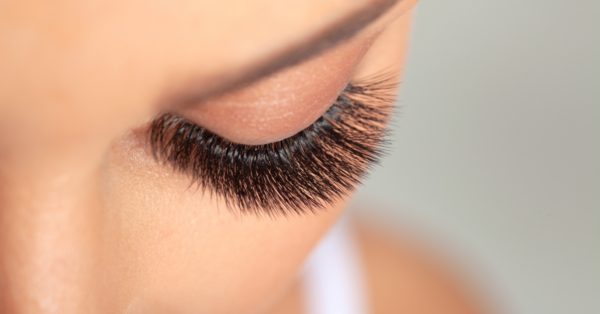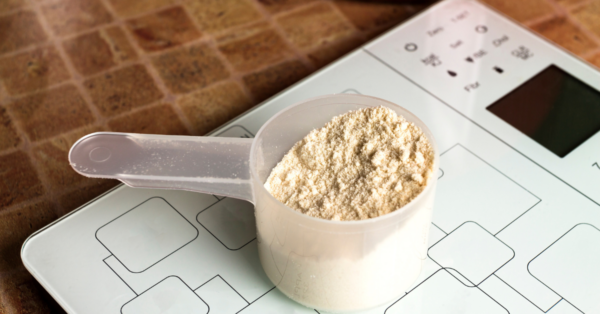Lactobacillus salivarius is a form of naturally occurring bacteria that is commonly found in the gastrointestinal tracts of most humans.
L. salivarius is one of 25 species in the L. salivarius clade (group of organisms with a common ancestor) of the genus Lactobacillus. The name Lactobacillus salivarius comes from the properties of the saliva in the mouth, where the bacteria was first isolated.
Specifically, this bacterial strain is found in the colon, small intestines, vagina, and mouth, and is believed to have many positive health benefits.
Like other bacteria commonly referred to by the term “probiotics,” L. salivarius can be grown outside the body, and can then be consumed orally for its medicinal benefit.[1,2,3]
What are Probiotics?
Probiotics have been defined as live microorganisms that confer a health effect on the person taking them when they are consumed in adequate amounts.[4]
The concept of probiotics evolved from a theory first proposed in 1910 by Nobel Prize winning Russian scientist, Elie Metchnikoff, who suggested that the long life of Bulgarian peasants resulted from their consumption of fermented milk products. He believed that when certain beneficial bacteria were consumed, they positively influenced the microflora of the colon by decreasing the toxic effects of other, non-beneficial colonic microflora.
This concept was developed further through the decades, and today, especially in Europe and Japan, probiotic-focused research is at an all-time high.[5,6]
Where is L. salivarius found?
Lactobacillus salivarius naturally occurs in fermented milk products such as probiotic yogurt. It can also be found in fruits and vegetables like tomatoes, bananas, artichokes, asparagus, chicory roots, and garlic.
How does it work? What does L. salivarius do in the body?
Lactobacillus salivarius is one of many types of bacteria that are considered “friendly” organisms and that are used as a form of medical treatment called “probiotics” (as opposed to antibiotics).
L. salivarius produces organic acids such as lactic acid and acetic acid from carbohydrate fermentation. It produces its own form of antibiotic, hydrogen peroxide, which can be helpful in preventing the spread of “bad” or disease-causing bacteria.[7]
It also stimulates the immune system, which promotes a sense of well-being, and can also be of potential benefit when treating intestinal disease.[8]
Potential Health Benefits of Lactobacillus salivarius
Probiotic bacteria like Lactobacillus salivarius are considered beneficial organisms, and are often used as probiotic treatments for disease conditions or medications that have resulted in the destruction of “good” bacteria and the proliferation of “bad” bacteria.
For example, treatment with antibiotics can effectively destroy disease-causing bacteria and eliminate a disease, but at the same time these antibiotics can kill off benevolent bacteria in the gastrointestinal tract.
The theory of probiotic treatment is that taking probiotics during and after antibiotic treatment can help to preserve a balanced intestinal flora.[8]
The use of L. salivarius in particular is common as a probiotic treatment to relieve or treat a number of disorders. Individual conditions for which evidence of L. salivarius’s possible effectiveness as a probiotic treatment exists are covered in the following sections.
Oral Health
The Lactobacillus species of bacteria has long been associated with cases of dental cavities (caries), because lactic acid can corrode teeth. In fact, the Lactobacillus count in saliva has been used as a “caries test” for many years.
Recently, however, the L. salivarius strain has been successfully used to treat a number of oral health conditions.
For example, a 2009 study found that L. salivarius reduced the population of bacteria that causes gum disease in 66 volunteers.[9]
In another 2014 study, consumption of tablets containing L. salivarius significantly reduced the number of mutans streptococci that cause caries, and thus increased resistance to caries risk factors.[10]
Other studies have found that use of the probiotic L. salivarius reduced halitosis[11], and improved overall periodontal health in smokers.[12]
Heliocabactor Pylori
L. salivarius has been shown to reduce inflammatory response in mice to H. pylori, a bacterium that is known to cause ulcers.[13] This is encouraging because H. pylori is linked to cancer, and antibiotic resistance impedes the success of current antibiotic-based treatment.
When L. salivarius is administered along with the antibiotic treatment, its efficacy is increased and side effects are reduced.[14,15]
Vaginal Health
Because the female genital tract is one of the principal sites for colonization by human microbiota, there has been interest in the relationship between the composition of these bacteria and human health. Lactobacillus has been successfully used to control infections such as bacterial vaginosis (BV).[16]
Atopic Dermititis
Atopic dermititis symptoms have been shown to be reversed by the use of L. salivarius in some children [17,18] and adults.[19]
Irritable Bowel Syndrome (IBS)
Lactobacillus salivarius has been found to be of benefit in alleviating flatulence in individuals suffering from irritable bowel syndrome.[20] L. salivarius has also been used in combination with other probiotics to treat IBS, although the extent of its efficacy is still uncertain.[21]
Obesity
L. salivarius has been found to increase the ratio of beneficial bacteria to non-beneficial bacteria in obese adolescents.[22] And a 6-week study of L. salivarius in combination with fructooligosaccharide (FOS) found that it significantly reduced total cholesterol, “bad” (LDL) cholesterol, and triglycerides, and increased “good” (HDL) cholesterol in humans.
Blood inflammatory markers were also significantly reduced, so these results are encouraging enough that the authors of the study felt that this treatment should be “therapeutically exploited for improved health and quality of life.”[23]
Conditions for which insufficient evidence exists for L. salivarius ‘s effectiveness
Evidence to support the use of Lactobacillus salivarius in treating the following conditions is considered inconclusive and/or insufficient at this time, although some individual study authors and peer reviewers suggest that more research is warranted.
• Diabetes
• Acquired immune diseases
• Asthma
• Cancer
Ways to Add More Lactobacillus salivarius to Your Diet
Foods
Dairy products such as yogurt and kefir naturally contain Lactobacillus salivarius. But remember that due to modern pasteurization and manufacturing processes, the beneficial bacterial cultures don’t always survive. And as mentioned earlier, foods such as tomatoes, bananas, artichokes, asparagus, chicory roots, and garlic, but possibly not in sufficient quantities to rely on them as a supplemental source of L. salivarius.
Probiotic Supplements
The most convenient way to add Lactobacillus salivarius to one’s diet is by taking probiotic supplements on a regular basis. Many studies have proved these supplements can be effective in maintaining good overall health.
However, it is always a good idea to read the label of products described as “probiotic” to make sure that Lactobacillus salivarius is, in fact, included in the mix of ingredients. Also make sure that the packaging of the product protects it from light and moisture, and that the package has an expiration date on its label. If it doesn’t, you should be suspicious and consider an alternative product.
Additional Recommendations on Choosing Your Probiotics
• Choose your supplements from a reputable company.
• Follow the directions on the label and take the recommended dosage.
• Avoid taking probiotics on an empty stomach.
• Store probiotics properly – in most cases that means in a cool, dry place.
• Probiotics work best when taken in addition to a healthy diet. Probiotics are able to flourish best when they’re combined with fruits, vegetables and foods rich in fiber.
[expand title=”References“]
[1] https://www.futuremedicine.com/doi/10.2217/fmb.10.35
[2] https://www.ncbi.nlm.nih.gov/pubmed/20441548
[3] https://www.ncbi.nlm.nih.gov/pubmed/20441548
[4] https://www.sciencedirect.com/science/article/pii/S0168160597001360?via%3Dihub
[5] http://asso-epa.com/pioneers-of-probiotics/
[6] Metchnikoff, E. (1908) Lactic acid bacteria as vaccines: The Prolongation of Life. Putmans Sons New York, NY.
[7] https://www.ncbi.nlm.nih.gov/pmc/articles/PMC3769017/
[8] https://www.ncbi.nlm.nih.gov/pubmed/20441548
[9] https://www.ncbi.nlm.nih.gov/pubmed/19453574
[10] https://www.ncbi.nlm.nih.gov/pmc/articles/PMC4236677/
[11] https://www.ncbi.nlm.nih.gov/pubmed/20659698
[12] https://www.ncbi.nlm.nih.gov/pubmed/18727656
[13] https://www.ncbi.nlm.nih.gov/pubmed/9820379
[14] https://www.ncbi.nlm.nih.gov/pubmed/9820379
[15] https://www.ncbi.nlm.nih.gov/pmc/articles/PMC4231502/
[16] https://www.ncbi.nlm.nih.gov/pmc/articles/PMC2662373/
[17] https://www.ncbi.nlm.nih.gov/pubmed/25291124
[18] https://www.ncbi.nlm.nih.gov/pubmed/21895621
[19] https://www.ncbi.nlm.nih.gov/pubmed/22230409
[20] https://www.ncbi.nlm.nih.gov/pubmed/23548007
[21] https://www.ncbi.nlm.nih.gov/pubmed/25070051
[22] https://www.ncbi.nlm.nih.gov/pmc/articles/PMC4926461/
[23] https://www.ncbi.nlm.nih.gov/pubmed/25331262








